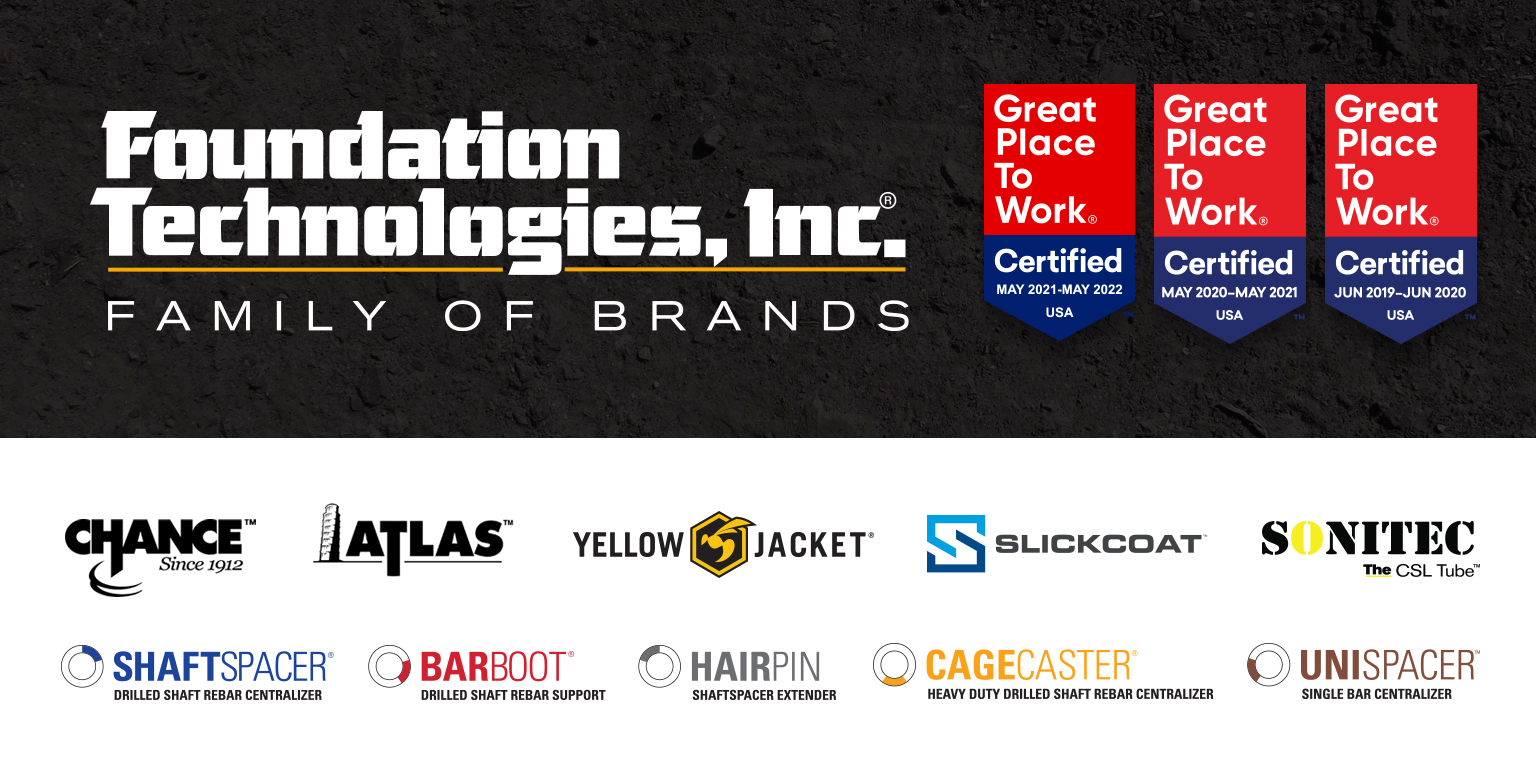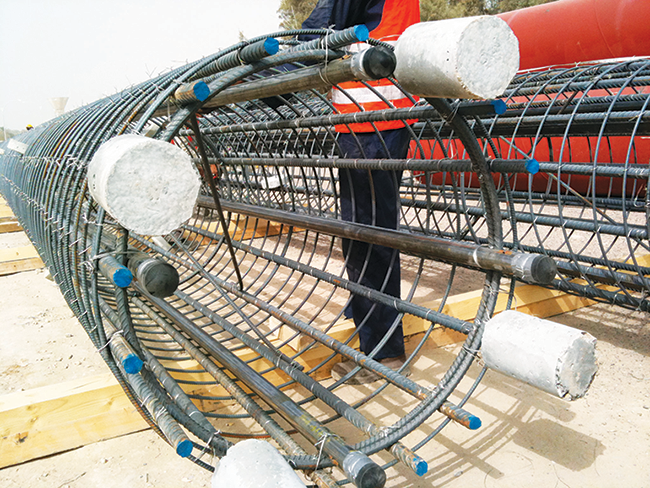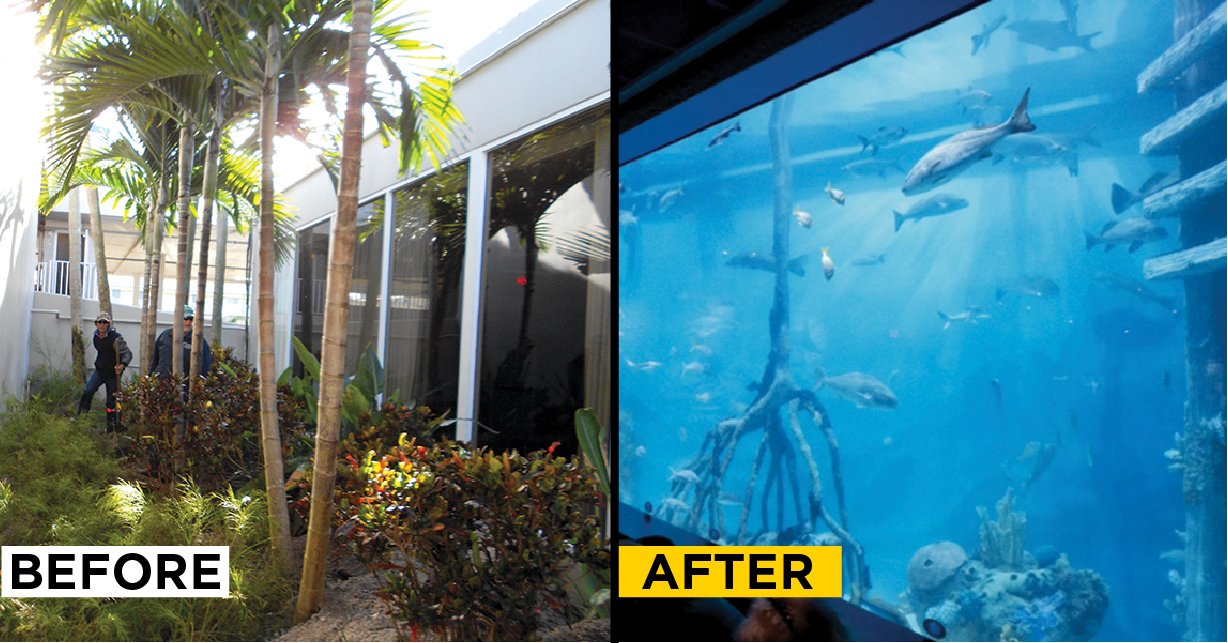Testing shafts and drilled pile foundations can be performed in a number of ways, the most common being, Crosshole Sonic Logging, Gamma Gamma, and Sonic Echo/Impulse Response.
Familiarizing yourself with each of these testing methods along with how, when, and why they are the most applicable in any given scenario is critical.
So, to help you get better acquainted, we are going to break down each of these methods for you and explain how they all work to achieve the same end result through varied methods.
CSL
Crosshole Sonic Logging is a method that is usually applied in quality assurance routines for drilled shafts as well as auger cast piles that have been placed recently. However, this method can also be applied to concrete pours, slurry walls, and mat foundations.
The purpose of CSL is to ensure that a concrete foundation does not contain a variety of defects like sand lenses, soil intrusions, and necking issues. Through the use of CSL, not only can these issues be discovered but the location of where the problem originates can be determined.
Routinely carried out using the pre-installed 2-inch diameter steel or PVC access tubes joined to rebar, the CSL testing method can also be performed via core holes when they are present.
Using this method, a sound wave travels from the source tube all the way to the receiver tube to accurately measure the wave speed between. This data is analyzed to find out if any defects or other anomalies such as velocity voids are present.
The great thing about CSL testing is that it can be repeated as needed in order to check for the same thing and ensure that any concrete curing that took place after the initial test was performed did not create any defects.
Gamma Gamma
Similar to CSL testing, Gamma Gamma logging is based on a non-destructive model and also require access points for the probe to be able to be inserted into the pile.
Gamma Gamma logging is most often utilized on concrete walls and cast-in-drilled-holes (CIDH) piles. Here, it begins to assemble a log that measures bulk density against pile depth utilizing a nuclear density probe. From there, any deviations to bulk density could signal testers to defects.
To perform this sort of testing, operators make use of a winch that pulls a long probe back through the pre-installed PVC pipes running through the concrete. With a radioactive source at the end of this probe, it is able to measure the concrete density at various, pre-determined intervals.
This data can then be analyzed and further testing or repairs can be carried out as needed.
Sonic Echo/Impulse Response – (SE/IR)
Sonic Echo/Impulse Response tests are used for the evaluation and determination of the length of a deep foundation.
SE/IR tests can be performed on both concrete and wooden foundations, however, pipe piles can likewise undergo SE/IR testing. The only exception to this in most cases would be H-piles due to how H-piles have a dampening signal that is, most of the time, greater than what would be found in testing of wood or concrete counterparts.
When a foundation is tested with this method, the sonic echo is gathering data based on time and the impulse response picks up its data based on frequency. What both of these types of tests reveal is soil intrusions, cracks, and changes in the size of the bulb or neck.
Then it gathers its data is through the reflection of compressional waves. Basically, an impulse hammer goes down through a shaft and when it makes an impact within the shaft or pile, it reflects itself back and a receiver plate measures it.




